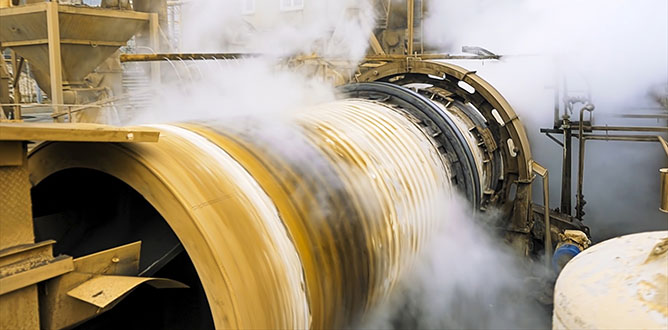Insight
Published and updated
Effective Communication in a High-Noise Environment

Our world is full of sounds and stimulus and we naturally adjust to that environment by talking louder or leaning in to hear. Invariably, miscommunication happens. Sometimes simple statements or hand signals don’t translate well when there are distractions.
Shortcuts help fill communication gaps
Our brains have adapted ways to manage and prioritize how to make sense of competing sounds. When we can’t relocate a conversation to a quieter setting or turn off a machine, we’ve got some cognitive programming that can sometimes help us out:
- Auditory processing – Our ears transmit the message and the brain sorts it all out. It’s a human feature that’s factory-set on auto. Strange, our ears don’t hear – our brain does.
- Heuristics is streamlining that helps us manage a lot of information. It’s a mental shortcut so we can solve problems quickly without having to sort through a long list of possibilities.
Using these tactics, we’re able to sort through partial auditory messages to help us complete the intended meaning. It’s like a word scramble where the letters are mixed up but we’re still able to make out the right word. Our brain helps fill in the gaps when we’re only hearing bits of what’s being said.
That’s great; I get more complete information that much quicker. I can be more productive with less effort. Thank you, brain. But here’s the downside: you can’t always believe what you hear.
When it’s a low-risk situation like a muffled voice calling from the couch to bring something back from the kitchen, the impact is minimal if you heard Cheetos instead of Doritos. No biggie. In situations where incorrect or delayed understanding impacts our personal safety and the work we do, the stakes are much higher.
And it’s not just words. If you’re using hand signals on the jobsite, you and your coworkers are aware of how important it is to maintain line-of-sight so every message is seen clearly. When a signalman makes the sign to STOP and the crane operator can’t see all or part of it, they may not get the message. This could become a critical safety issue.
Consider this factory floor scenario
Your coworker reacts to an equipment jam by quickly telling you how to reset and clear it. But you can’t understand what’s being said over the noise. Asking them to repeat themselves wouldn’t help. Your brain automatically evaluates the possible instructions you might have heard given the circumstances, and you take action on the most likely one. Hopefully you’re right. After all, the same equipment jam has happened before and you’re conditioned on how to respond.
Here’s the rub: the situation may be different next time, and what you think you hear isn’t always accurate. These are the scenarios we often read about in accident reports. A series of events and misinformation combine to cause an unexpected outcome that could lead to any of these:
- Confusion
- Downtime
- Equipment damage
- Personal injury or death
Of our country’s 570,000 factories, most use some version of mixing, fabricating or motion that utilize machines, compressors or pumps. Noise is inevitable. Even pillow and pudding manufacturing produces noise.
As we’re training others, coordinating a task or responding to an unexpected event, it’s crucial to provide tools that will make your team’s communication clear and accurate so you’ll always hear what’s important. Investing in the right safety and communication solution up front will support measurable outcomes and provide tangible benefits every day on the plant floor.
Effective communication with wireless headsets
Find out more on how Sonetics Wireless Headsets can help your team overcome communication obstacles and achieve your manufacturing goals.